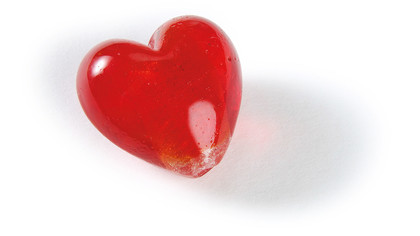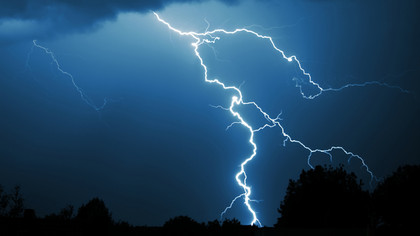However, if PCSK9 is inhibited it dramatically reduces LDL levels in the blood. Clinical trials for several PCSK9-targeted drugs have shown great promise, which means the next evolution of heart drug could be soon be upon us. This marks one of the best examples of how genetics and study of the genome, combined with medical and patient analysis, collectively known as translational medicine, can do wonders for medical science. [Nature]

Science proves penis size does matter -- When it comes to attractive traits in men, height, shoulder-width, and muscular appearance are always rated highly. In fact, height is the most studied of all the traits, but penis size seems to be on a level with your skyward approach in the battle for attractiveness. A recent study showed that a large penis on a computer generated model outweighed almost all other factors in attractiveness to women, equalling height. It's thought that it's an evolutionary throwback to times when humans didn't wear cloths and penis size could correlate to the virility and age of mates. Whether that makes you feel better or not, we're not sure. [PNAS]
Watch out, dark lightning is real -- A lightning researcher claims to have discovered dark lightning -- invisible bursts of radiation that compete with traditional electrical discharges from clouds as a way to vent built-up electrical energy. Unlike white lightning, though, dark lightning won't immediately hurt you, but could deliver a lifetime's safe dose of ionising radiation in one burst. Ionising radiation is the type that causes the most damage to your tissue; however, dark lightning is supposedly only created in one in every 1,000 ordinary lightning strikes, which makes the risks of exposure low, even if the only way to tell if you've been hit is with a radiation detector. [Washington Post]

Energy storage goes back to the future with the flywheel -- The flywheel is probably one of the oldest energy storage and delivery systems ever invented, but it's being given a modern twist for storing large amounts of energy, cheaply and efficiently. A new design, one where the flywheel is mounted inside an asymmetric gimbal, minimises the problematic wobble and resonance that makes flywheels demand require engineering and expensive materials. The Very Large Kinetic Energy Storage System (Velkess) hits about 80 per cent efficiency, which is very good as large energy-storage solutions go, and is currently on Kickstarter seeking funding for prototyping. Weighing about 340kg, standing only to the size of a household fridge, and being cheap to produce -- Velkess could be the revolution that helps renewable energy sources like photovoltaic cells see widespread use, both within the public sector and at national power grid levels. [Scientific American]
Get daily insight, inspiration and deals in your inbox
Sign up for breaking news, reviews, opinion, top tech deals, and more.